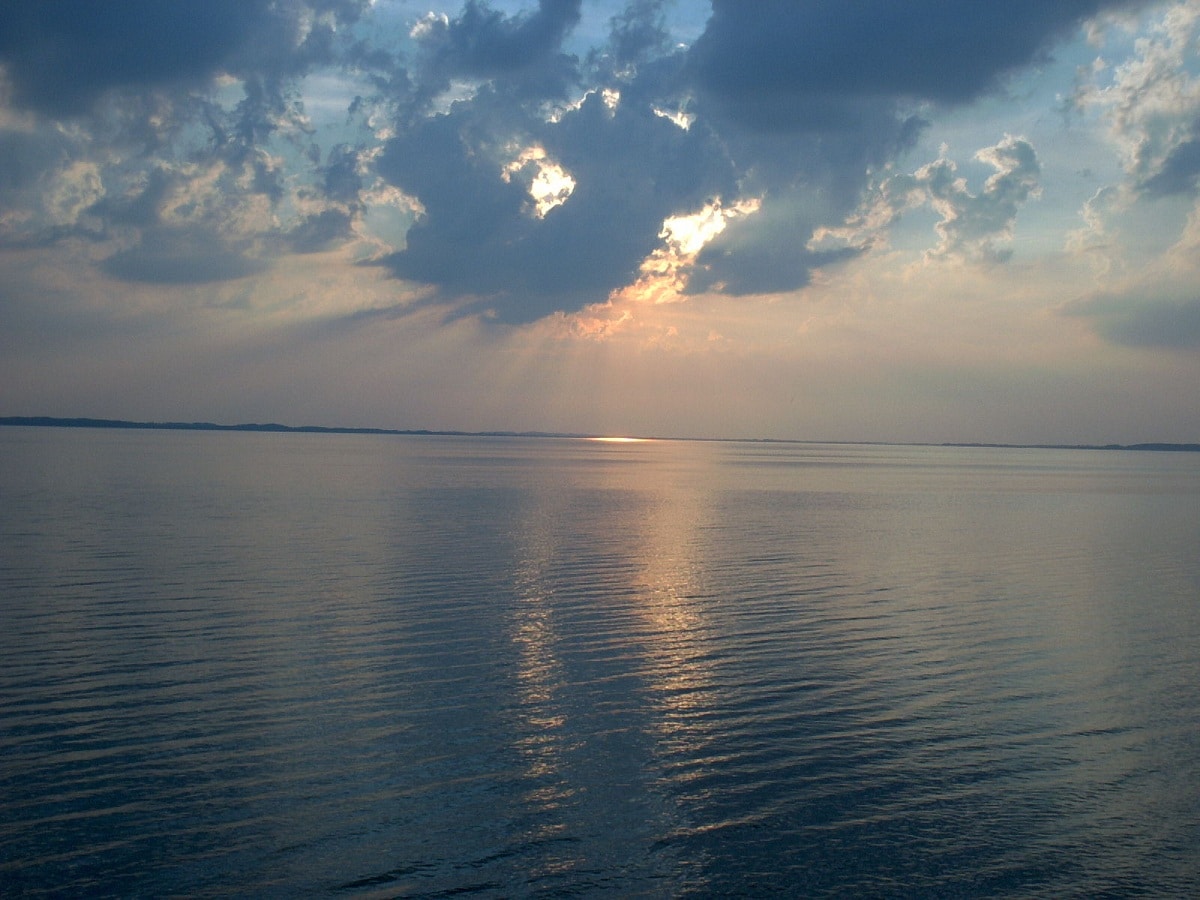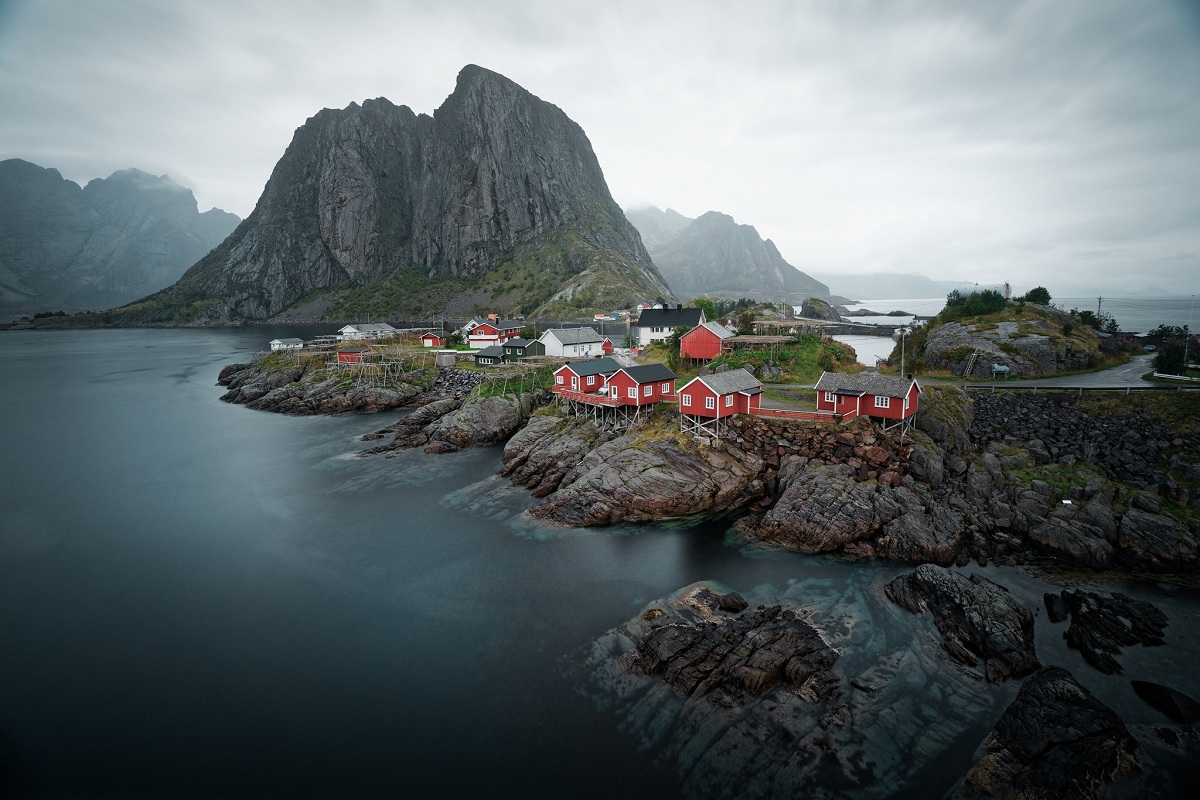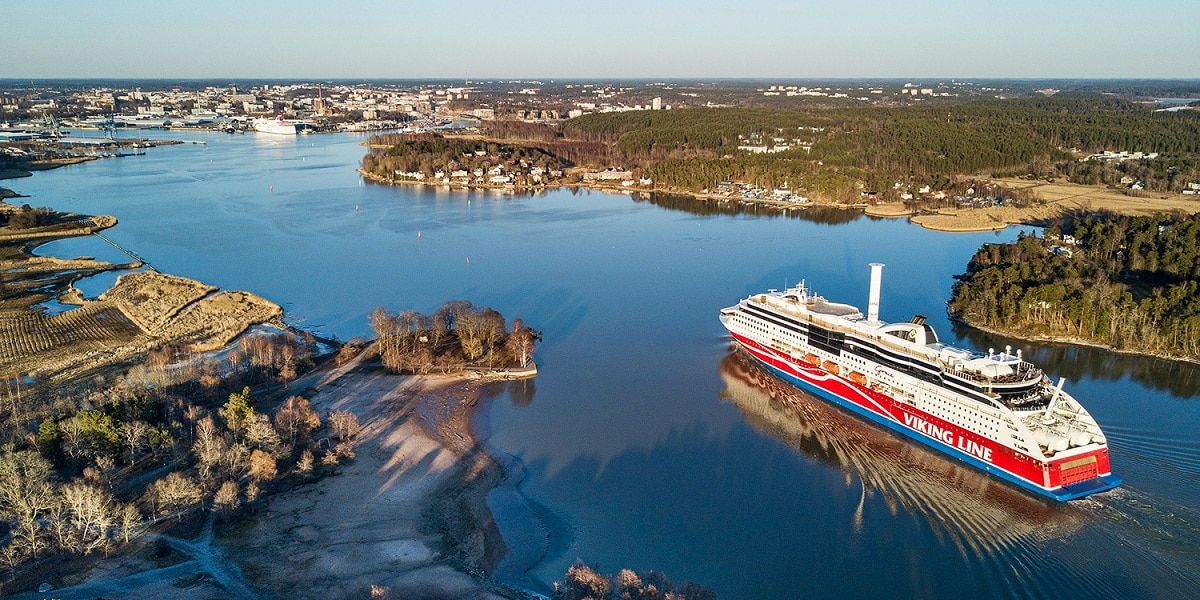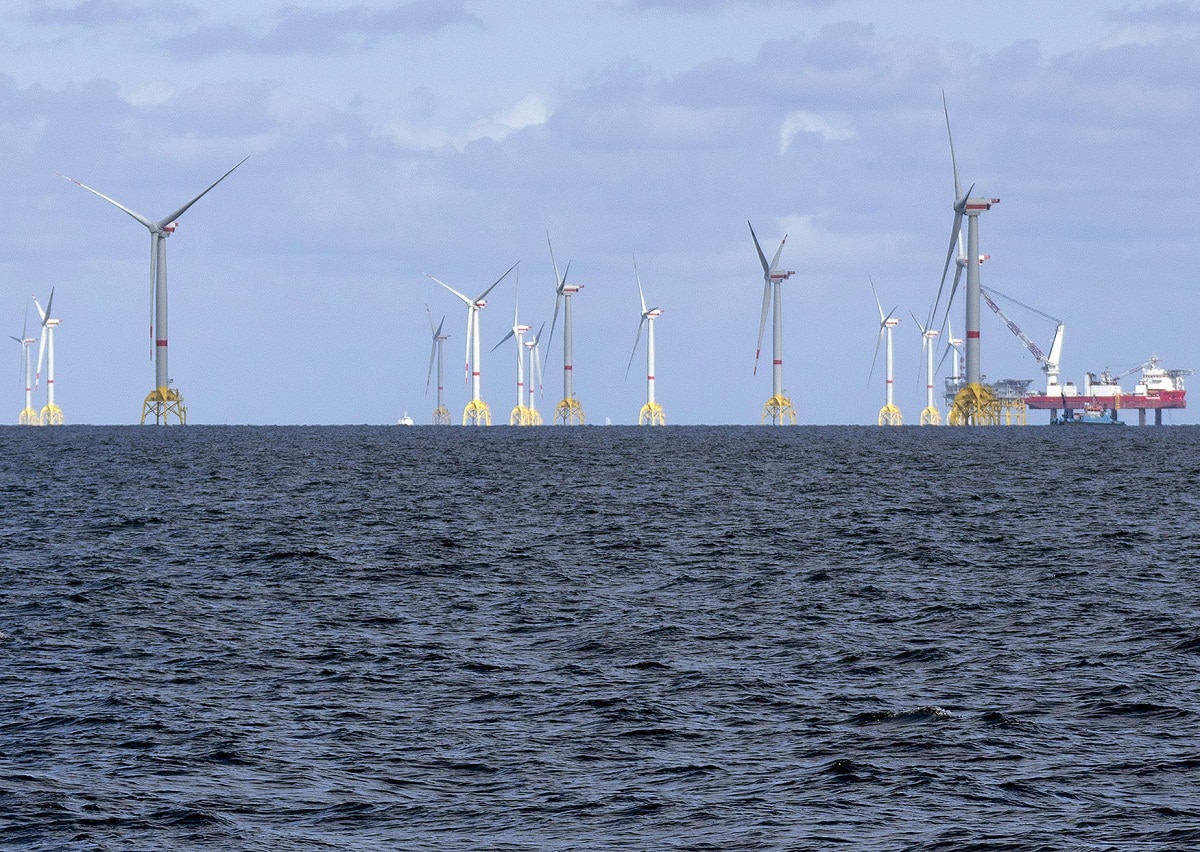
One of the seas that belong to Atlantic Ocean is Baltic Sea. It is an arm of this ocean in the northern part that extends from the latitude of southern Denmark almost reaching the Arctic Circle and separates the Scandinavian peninsula from the rest of the European continent. It is a sea that is considered the largest extension of brackish water in the world. It is relatively shallow and therefore generates great interest in the scientific community due to its high salinity.
In this article we are going to tell you everything you need to know about the Baltic Sea, its characteristics and origin.
Key features

It is an extension of brackish water considered the largest in the world. You are semi short and relatively shallow. For historians it represents the economic nucleus of the Hanseatic League and for scientists it generates great interest. Many of the names that this sea has acquired over two years attest to its strategic position as it is the meeting place of many countries.
It is an inland sea of brackish water that meets Europe and is open to the North Sea and the Atlantic Ocean. It is surrounded by numerous countries that make up the Scandinavian peninsula. It is a little over 1600 kilometers long and an average width of around 190 kilometers. If you watch the Vikings series you will know that this western sea stretches north through insular Denmark and will include Kattegat. Kattegat is a strait that separates Denmark from southwestern Sweden.
Among the characteristics that stand out of this sea, we highlight that it is a semi-closed inland sea. It is considered as an arm of the Atlantic Ocean connected by middle of the Kattegat Strait and the Skagerrak Strait. I have considered it to be one of the brackiest bodies of water in the world since it receives water from both rivers and the ocean. Its shape is elongated and it is relatively narrow. The only exit route to the Atlantic Ocean is the Kattegat Strait.
The volume of water that this sea houses is close to 20.000 cubic kilometers. The average depth is about 55 meters only, the maximum depth being about 459 meters. As it is such a shallow sea, it is normal for all the salt to concentrate faster and in a higher concentration. It has an average salinity of 3.5%, although in some parts the percentage is lower.
Featured islands in the Baltic Sea

We are going to see which are the most outstanding places through which this sea runs. It is surrounded by the Scandinavian peninsula and follows the clockwise direction we find the following countries: Sweden, Finland, Russia, Estonia, Latvia, Lithuania, Poland, Germany and Denmark.
Among the highlighted islands we see that this sea has different subdivisions. It was the northern part of the Bothnian Sea and in the easternmost part were the Gulf of Finland and the Gulf of Riga. The largest archipelago in this sea is the Åland Islands. This archipelago It has 6.700 islands of which 65 are those that have inhabitants.
Among the most famous islands in the Baltic Sea we have the following:
- Fehmarn: it is an island in Germany known as the island of the sun.
- Hidden See: It is a smaller islet than the Baltic Sea.
- poel: It is a rather curious island, since it is shaped like a triangle.
- Rügen: It is the island that has the most tourist destinations with the most famous seaside resorts. It is one of the most visited islands in the entire Baltic Sea.
Flora and fauna of the Baltic Sea
The ecosystem of this sea becomes a favorite for all scientists and researchers since it responds relatively quickly to different external influences. However, despite this, it is a sea that is very poor in oxygen, which means that the fauna is not very diverse. There are only some species of fish among which we find perch, pike, cod, salmon, sprat, basking shark and hake. It is also quite common to observe other animals such as porpoises, ringed seals, European otters and birds such as white stork, havelda duck, cranes and ospreys that look for food on its shores.
In terms of flora, having less oxygen, it can host less vegetation. You cannot find much variety of plants given these unfavorable conditions for them. The most prominent plants that we find here are the brown algae, the bladder sargassum and plants of the Zostera, Charophyta and Potamogeton groups.
Economy, pollution and importance

We are going to see the human paradigm that exists around this sea. As for the economy, we know that it is an important means for the transit of goods. They contain the actuality approximately some 24 shipping routes that are important for the transport of dry raw materials in bulk such as iron, coal, copper or cereals. It is also an important route for the exploration and exploitation of Russian oil. Therefore, there are numerous concerns about possible marine pollution.
It is an area that brings a lot of large-scale tourism, although it is a situation that is also affected by the pollution exerted by the extraction of hydrocarbons. Fluctuations in environmental factors and anthropogenic effects affect this sea considerably. Fisheries, pollution and industrialization by humans is destroying the natural conditions of this sea.
In 2010 there was a proliferation of green algae that created a huge green drop on the surfaces that caused the oxygen to decrease even more. Thus, a part of this sea is uninhabitable so it is considered a dead zone. It also presents the eutrophication process that causes numerous bacterial blooms to be seen in the areas.
I hope that with this information you can learn more about the Baltic Sea and all its characteristics.